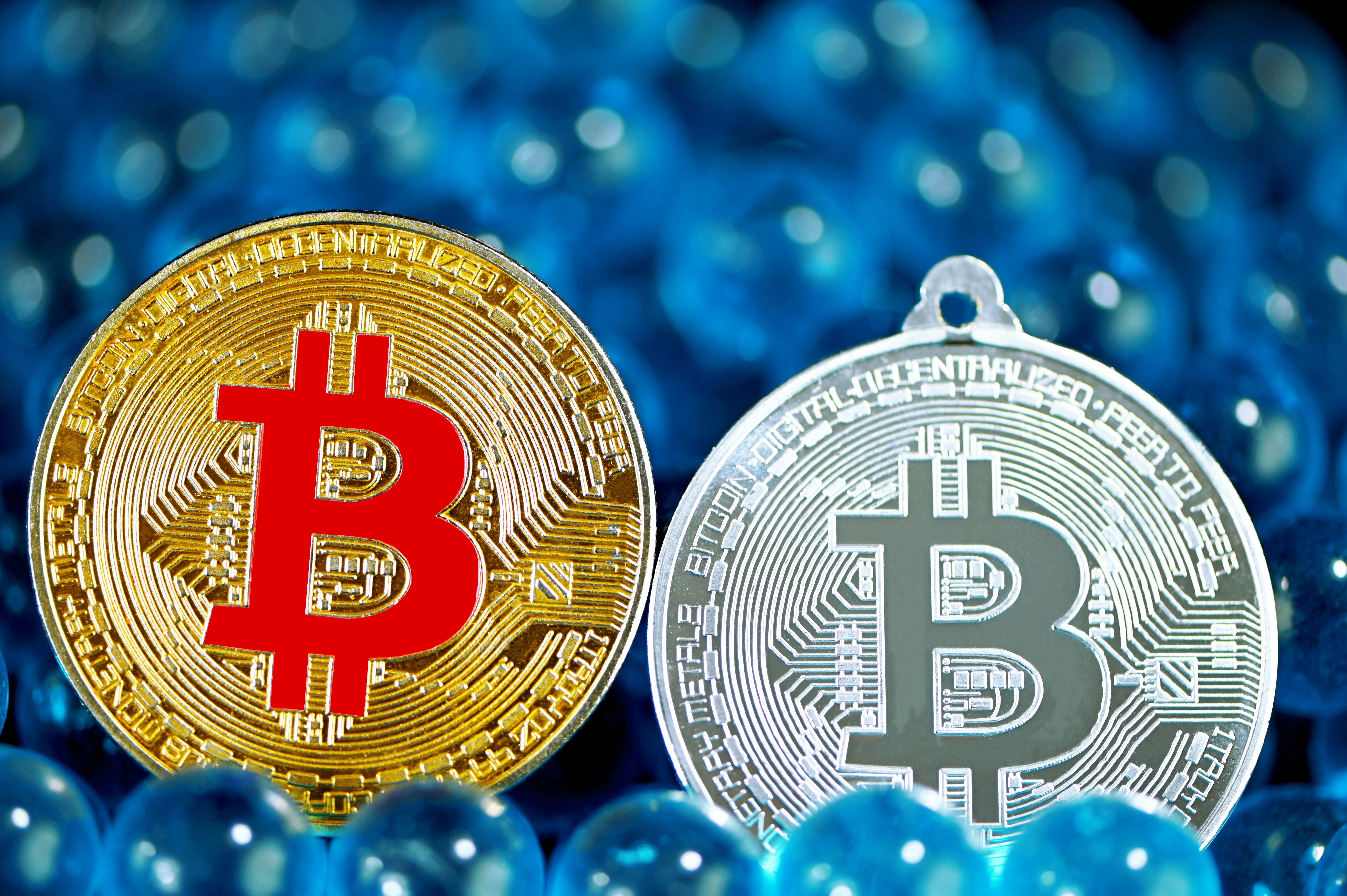Key Takeaways
Digital Wallet on Your Phone: It transforms your mobile device into a bank account for digital transactions.
Banking the Unbanked: It provides financial services to over 1.5 billion people without traditional bank accounts.
Global and Accessible: With Bitcoin, it supports worldwide, low-fee payments, often using basic mobile technology.
What is Mobile Money?
Mobile money transforms your phone into a digital wallet, allowing you to send, receive, and store value without needing a traditional bank. In the Bitcoin ecosystem, this means you can transact directly with BTC or its smallest unit, satoshis (sats). You could send 100,000 sats to a merchant or friend across the globe almost instantly through a simple mobile application.
This technology offers a gateway to the global economy for more than 1.5 billion adults who lack bank accounts. By operating on the Bitcoin network, mobile money supports international payments with very low fees, frequently on basic cellular devices, not just smartphones. It creates a system for borderless finance, open to nearly anyone with a mobile connection.
Mobile Money Ecosystem and Key Players
The mobile money ecosystem is a network of participants working together to deliver financial services on mobile devices. This system relies on a combination of technology providers, financial institutions, and network operators to function. Its structure allows for rapid, secure transactions across the globe.
- Providers: Companies that develop the mobile wallet applications and platforms.
- Agents: Local merchants or individuals who facilitate cash-in and cash-out services.
- Networks: The telecommunication companies that provide the mobile connectivity.
- Regulators: Government bodies that oversee financial compliance and consumer protection.
- Users: Individuals and businesses who send, receive, and store money on their devices.
How Mobile Money Works Within Banking Infrastructure
Mobile money systems often connect with established banking frameworks to manage funds. Providers typically partner with financial institutions, where the collective value of all user wallets is held in a single, secure account. This connection allows for fluid transfers between mobile wallets and traditional bank accounts, building a bridge between the digital-first world of mobile payments and the foundational financial system.
Mobile Money and Bitcoin: On- and Off-Ramp Mechanisms
This is how you can move between traditional currency and Bitcoin using mobile money.
- Deposit cash into your mobile money wallet through a local agent.
- Use your mobile balance to buy Bitcoin on a connected platform or peer-to-peer marketplace.
- To convert back, sell your Bitcoin, and the funds will appear in your mobile money account.
- Visit an agent to withdraw your mobile money balance as physical cash.
Regulatory, Compliance, and KYC/AML Considerations for Mobile Money
Mobile money providers operate within a complex web of financial regulations that differ from one jurisdiction to another. These rules often require specific licensing and mandate consumer protection standards to maintain market integrity. The objective is to foster financial inclusion while safeguarding the economic system against potential risks.
To combat financial crime, services must implement robust Know Your Customer (KYC) and Anti-Money Laundering (AML) procedures. This involves verifying the identity of users and actively monitoring transactions for illegal activity. Such compliance is fundamental for the legitimacy and long-term viability of any mobile money platform.
Risks, Security, and Future Trends in Mobile Money
Mobile money's expansion brings both immense potential and new risks. As the technology advances, its security framework must evolve to protect users and maintain trust in the system.
- Vulnerabilities: Systems can be targets for fraud and cyberattacks, requiring constant security updates to protect user funds.
- Security: Strong encryption and multi-factor authentication are becoming standard, making transactions more secure against unauthorized access.
- Integration: The future points toward deeper connections with decentralized finance (DeFi), offering users more complex financial products directly from their phones.
Lightspark Grid: Connecting Mobile Money to Bitcoin
Lightspark Grid provides the infrastructure for mobile money platforms to integrate Bitcoin. Its single API supports global, real-time payments across fiat, stablecoins, and BTC. This system connects to local payment rails in over 65 countries, making it possible to move value between traditional mobile money systems and the Bitcoin network. With functions for cross-border remittances and P2P transfers, Grid offers a direct path for mobile money providers to offer Bitcoin services without managing the underlying blockchain complexity.
Commands For Money
Grid gives you a set of programmable commands to build any payment flow, letting you add services like cross-border payouts, rewards, or fiat-to-crypto ramps to your mobile money platform. You can create new financial products for a worldwide audience with just a few lines of code; view the docs to begin.


